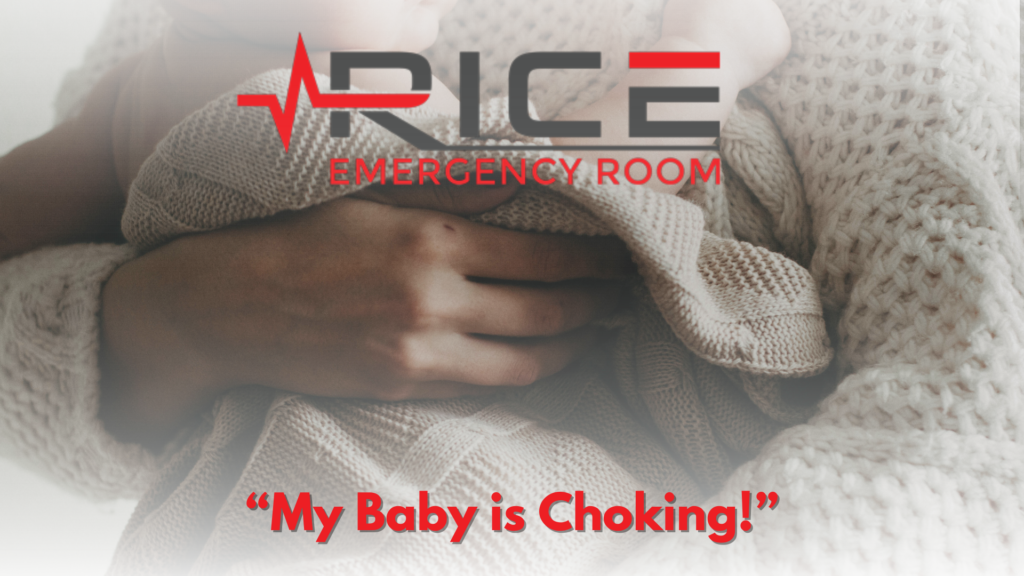Are Botox Injections Safe?
Botox injections are a well-known cosmetic treatment used to smooth out facial wrinkles and prevent certain medical conditions, such as chronic migraines, excessive sweating, cervical dystonia, spasticity, some eye muscle conditions, and urinary leakage caused by an overactive bladder. It works by inhibiting nerve activity in the muscles, leading to muscle relaxation. Are Botox injections safe? We’ll answer some of those questions here.
Conditions Botox Can Treat
- Botox treats chronic migraines in patients who experience 15 or more monthly headaches lasting 4 hours or longer. It is injected into seven specific areas of the head and neck muscles. The results typically last up to three months.
- Botox Cosmetic is a treatment used to temporarily improve the appearance of wrinkles on the face in adults. It momentarily paralyzes the wrinkle-causing muscles, giving the skin a smoother, younger appearance.
- In adults, Botox is used to treat cervical dystonia, a condition that causes neck muscles to contract abnormally, leading to neck twisting and head tilting.
- Botox can also be used to treat muscle stiffness, or spasticity, in various parts of the body, including the arms, hands, legs, and feet. Spasticity is an abnormal increase in muscle tone or stiffness that can affect activity, address, and cause discomfort or pain.
- Botox is used to treat certain eye muscle conditions brought on by nerve disorders in adults and children older than 12 years old, such as strabismus and uncontrolled blinking or eyelid spasm (eyes not pointing in the same direction)
- Botox treats overactive bladder and incontinence in adults when other medications have not worked. In children over five years old, it can treat overactive bladder caused by neurological diseases and incontinence caused by nerve disorders such as multiple sclerosis or spinal cord injury when other medications cannot be taken.
(Drugs.com)
What is Botox Made Of?
Botox is made from a type of bacteria called Clostridium botulinum, which produces neurotoxins. In medical injections, a specific type of the bacteria (type A) is used. These toxins are naturally found in soil and can contaminate food, and can cause a serious nervous system disorder called botulism if consumed in large amounts or if the bacteria enter the body through a wound. To ensure safety and effectiveness, the botulinum toxins are diluted and sterilized in a laboratory before being used in Botox. (Cleveland Clinic)
How Does Botox Work?
Botox blocks the release of acetylcholine, the neurotransmitter responsible for transmitting signals from nerve cells to muscles. Botox interferes with transmitting these signals when injected into a muscle, causing the muscle to relax. As a result, the wrinkles caused by facial muscle contractions are softened.
Botox is typically injected into specific muscles in small amounts using a fine needle. The injections are given in several treatments spaced several weeks apart. It is important to note that Botox only works on the muscles injected and does not affect other muscles or the skin’s overall appearance. (Mayo Clinic)
What Are The Side Effects of Botox?
When administered by a qualified medical professional, Botox is regarded as safe. But there are some potential side effects to be aware of, just like any medical procedure.
Some of the adverse effects of Botox injections are as follows:
- Pain, swelling, or bruising at the injection site
- Headache or flu-like symptoms
- Droopy eyelid or uneven eyebrows
- Crooked smile or drooling
- Eye dryness or excessive tearing
These minor side effects usually resolve themselves in a few days. Rarely, the injection’s toxin can spread to other areas of the body, resulting in more severe side effects like muscle weakness, vision issues, speech or swallowing difficulties, breathing problems, or loss of bladder control. After receiving a Botox injection, you should seek immediate medical attention if you experience any of these side effects.
It’s also important to remember that people allergic to cow’s milk protein shouldn’t use Botox, nor should they use it if they are pregnant or nursing. (Mayo Clinic)
Botox can be a safe and effective treatment option for reducing facial wrinkles and improving the skin’s overall appearance. However, as with any medical procedure, it is essential to consult a qualified medical professional before deciding to undergo treatment with Botox. A trained healthcare provider can help you understand the potential risks and benefits of the procedure and help you determine if it is the right option for you.
The Rice Emergency Room in Houston, Texas is open around the clock, seven days a week, and has a small patient load and a compassionate staff. Whether it’s an adult or a child, our team of highly trained doctors and nurses is ready for you 24/7 to handle any emergency.
Works Cited
Drugs.com. “Botox Injections: Uses, Side Effects & Warnings.” Drugs.com,
www.drugs.com/botox.html#:~:text=Botox%20side%20effects,lips%2C%20tongue%2C%20or%20throat.
Mayo Clinic. “Botox Injections.” Mayo Clinic, Mayo Foundation for Medical Education and Research, 2 Feb. 2021,
Cleveland Clinic. “Botox Injections: Treatment, Recovery & Side Effects.” Cleveland Clinic,
my.clevelandclinic.org/health/treatments/8312-botulinum-toxin-injections.




